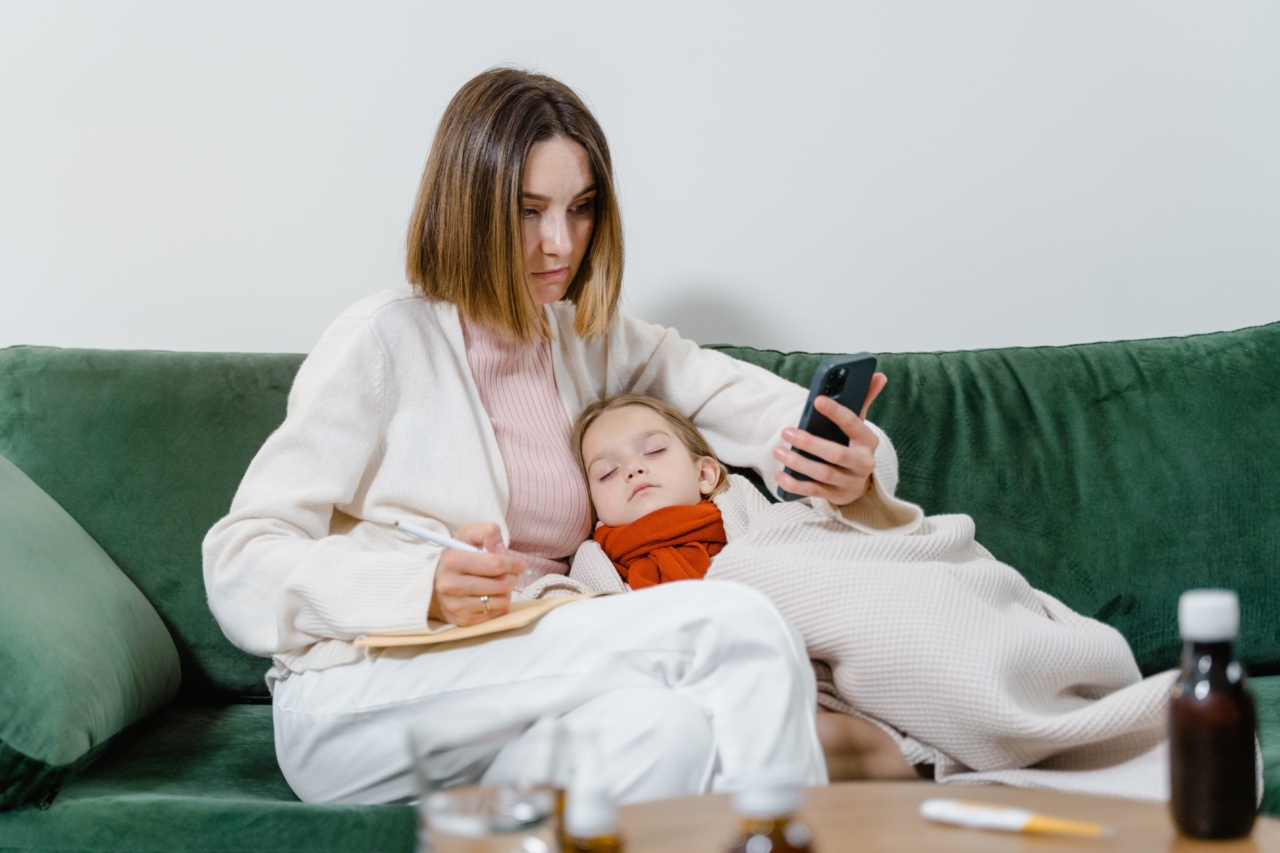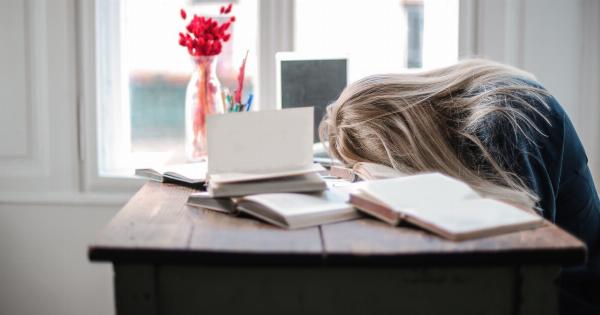Glaucoma is a progressive eye disease that can lead to irreversible vision loss. It occurs when the optic nerve, which connects the eye to the brain, becomes damaged.
There are various factors that contribute to the development and progression of glaucoma, including intraocular pressure, genetics, and certain medical conditions. However, recent research suggests that even something as seemingly unrelated as sleeping position could influence glaucoma symptoms.
The link between intraocular pressure and glaucoma
Intraocular pressure (IOP) plays a crucial role in the development and progression of glaucoma. Elevated IOP can put excessive pressure on the optic nerve, causing damage over time.
One common method used to manage glaucoma is by reducing IOP through medication, surgery, or lifestyle changes.
The effects of sleeping position on IOP
Studies have indicated that sleeping position may impact intraocular pressure, potentially influencing glaucoma symptoms. The two main sleeping positions of interest are sleeping on the back (supine) and sleeping on the side (lateral).
Supine position and glaucoma
Research suggests that sleeping in a supine position, with the back facing downward, may lead to increased intraocular pressure. This is thought to occur due to the redistribution of body fluids and increased blood pressure in this position.
When lying flat on the back, the eye is more exposed to retrobulbar pressure, which can contribute to optic nerve damage. The mechanism behind this correlation is still being studied, but it is generally advised for individuals with glaucoma to avoid sleeping in the supine position.
The influence of lateral position
On the other hand, sleeping in a lateral, or side, position has been suggested to potentially decrease intraocular pressure. This position may facilitate better fluid drainage from the eye, reducing pressure on the optic nerve.
Studies have shown that sleeping on the side can lead to significantly lower intraocular pressure compared to the supine position. Additionally, certain lateral positions, such as the left side, seem to offer additional benefits by reducing pressure in the central retinal vein and aiding blood flow.
However, it is important to note that more research is needed to fully understand the relationship between sleeping on the side and glaucoma symptoms.
Other considerations
While sleeping position may potentially influence glaucoma symptoms, it is important to remember that it is just one aspect of a comprehensive glaucoma management plan.
Individuals with glaucoma should prioritize other established measures, such as regular eye examinations, proper medication use, and lifestyle modifications, to effectively manage their condition. Consulting with an eye care professional is crucial for personalized recommendations and guidance specific to each individual’s needs.
Taking care of your eyes during sleep
In addition to considering sleeping positions, there are some general tips to help take care of your eyes during sleep:.
1. Avoid rubbing your eyes: Rubbing your eyes can increase the risk of eye irritation and potentially damage the delicate structures in the eye.
2. Use a humidifier: Dry air in your bedroom can contribute to dry eyes. Using a humidifier can help maintain a more comfortable environment for your eyes.
3. Practice good sleep hygiene: Getting enough quality sleep is essential for overall eye health. Establish a regular sleep routine and ensure your sleep environment is conducive to restful sleep.
4. Protect your eyes: If you have a tendency to sleep with your eyes partially open, consider using an eye shield or wearing a sleep mask to prevent excessive dryness.
The importance of regular eye examinations
While sleeping position may have some impact on glaucoma symptoms, it is crucial to remember that regular eye examinations are vital for early detection and effective management of glaucoma.
Your eye care professional will consider various factors, including intraocular pressure, optic nerve health, and visual field tests, to assess your condition and recommend appropriate treatment options.
Conclusion
While the relationship between sleeping position and glaucoma symptoms is still being studied, there is evidence to suggest that sleeping on the side may help lower intraocular pressure compared to the supine position.
However, it is important to consult with an eye care professional for personalized recommendations and to prioritize other established measures for managing glaucoma. The impact of sleeping position on glaucoma symptoms is just one piece of the puzzle, and a comprehensive approach is necessary to effectively care for your eyes.




























